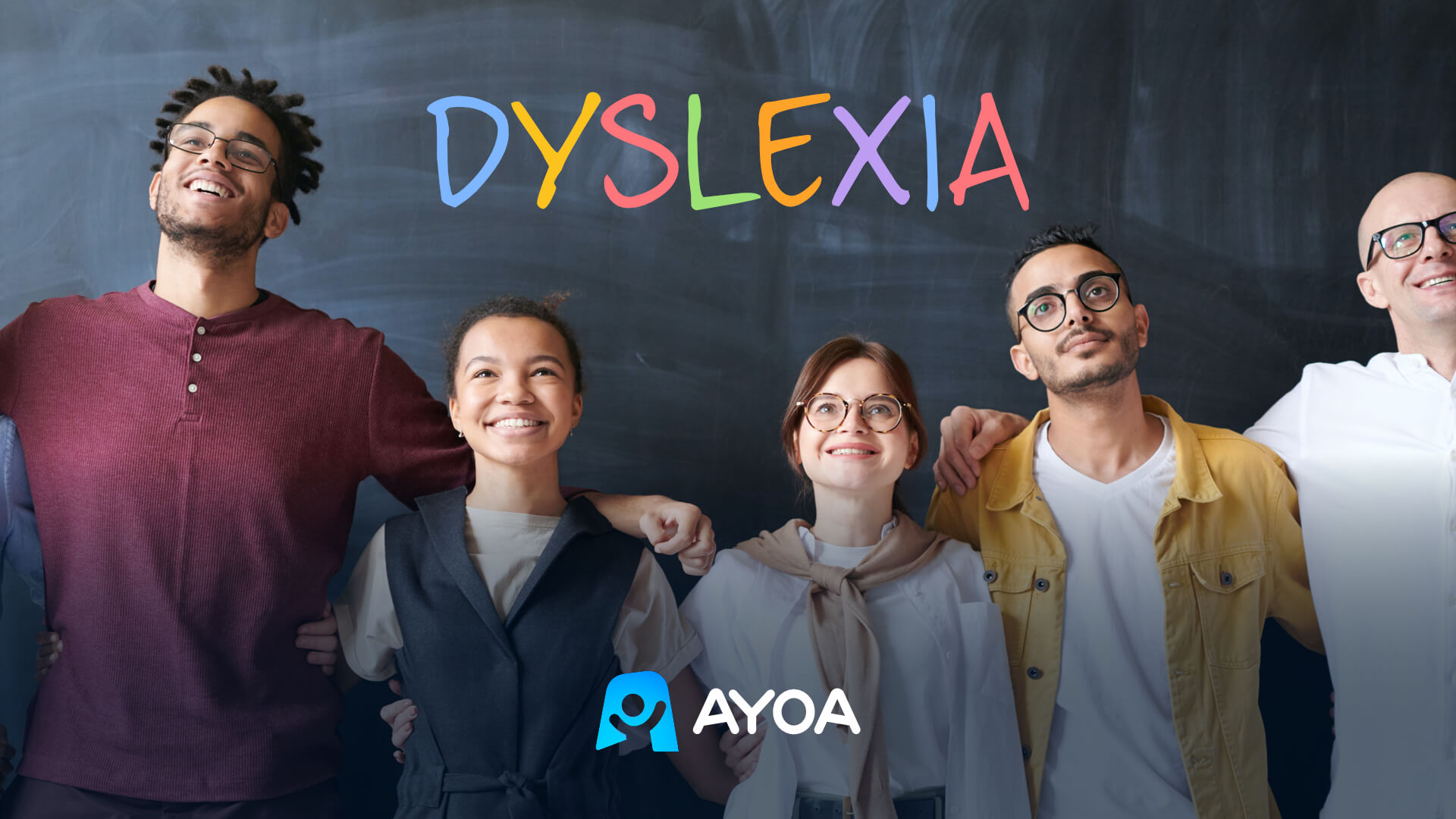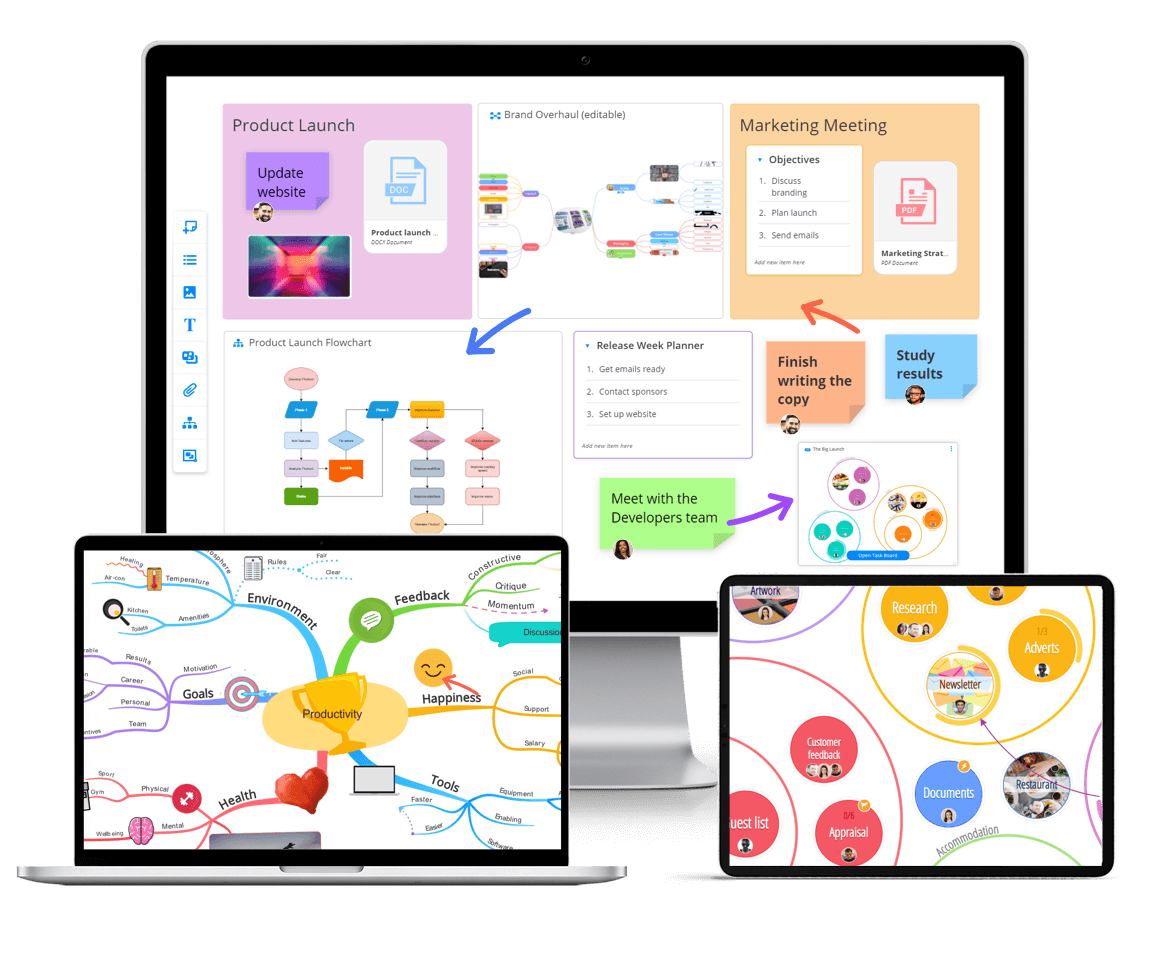July 16, 2021 (Updated March 6th, 2023)
Learning to celebrate difference through dyslexia

Isn’t it wonderful that we all see the world differently? Difference is what creates harmony; like a bouquet of flowers, or a choir singing different notes, it is the unity of our uniqueness which makes something truly special. Our vast society – with all of its infrastructure, innovation, and systems – would not function if everyone had the same skills. Of course, we understand in the workplace that a range of roles, experiences and backgrounds are necessary to keep a company afloat. After all, you wouldn’t expect a designer to be able to do an accountant’s job, or vice versa, because each person has a different and specific skill set.
Still, when it comes to embracing cognitive difference, the working world is still catching up. Our one-size-fits-all approach to recruitment and hiring often excludes neurodivergent people. For those with dyslexia, finding their place in the working world can be a challenge – but if more companies learn to embrace difference, they’ll also benefit from a rich, eclectic workforce. Keep reading to find out how and why employers should learn to celebrate difference with dyslexic employees.
Understand what dyslexia means
In order to truly celebrate dyslexic employees, it’s important to first understand dyslexia itself. Like many neurodivergent people, those with dyslexia see and experience the world differently. Despite the common misconception that dyslexia is all to do with spelling, it’s a condition which can also impact how a person reads, writes and processes information. They may also have difficulty reading aloud and pronouncing names and words. For those with dyslexia, large amounts of text can be intimidating – and using certain fonts and stark white backgrounds can actually exacerbate these symptoms.
However, those with dyslexia also experience a wide range of advantages thanks to their diagnosis; they’re more likely to be visual, big-picture thinkers and their talent for pattern spotting is so well reported that UK surveillance agency GCHQ runs schemes that are four times more likely to hire dyslexic apprentices because of their talent in this very area. If you really want to embrace difference, it’s important to instill a wider cultural understanding of not just dyslexia, but a range of neurological conditions, throughout your company culture.
Learn how dyslexic employees see the world
Long-winded emails, text-heavy onboarding documents and boring, never-ending spreadsheets are not going to be very accessible to your dyslexic employees. But learning to adapt to more visual, and innovative ways of sharing data and information might not just benefit those with dyslexia. So much of our daily processes in the workplace are ruled by habit more than anything else. Where normal people might see a knotty, complex problem, dyslexic employees may see an incredible opportunity to do something different thanks to their out-of-the-box way of thinking.
Embracing more visual work tools and breaking out of typical ways of working may just help all of your employees to be more creative in their daily job, so you can achieve both inclusivity and innovation on a daily basis. Opting to use tools that are accessible to everyone, both neurodivergent and neurotypical, will help to create unity within the workplace and elevate a shared creative outlook. An app like Ayoa combines flexible visual elements that can be adjusted from person to person, making it perfect for inclusive collaboration.
Embrace the benefits of a neurodiverse workforce
While those with dyslexia have their own, specific sets of skills and talents, it would be ridiculous to limit your pool of neurodivergent employees to only those with this particular condition. Plenty of other neurological conditions – such as autism, dyscalculia, attention deficit hyperactivity disorder (ADHD), and obsessive-compulsive disorder (OCD) – also exist, and they come with their own differences and benefits, to boot.
As we’ve already touched upon, you wouldn’t limit your company to just one type of job role, so similarly you shouldn’t limit diversity in the workplace. Everyone deserves to feel included and represented in their place of work, and by making a dedicated commitment to becoming an employer that is friendly to neurodivergent people you’ll reap the benefits of a wide set of talents and skills. Like those choirs singing in harmony, or the bouquet of flowers of different colors and sizes, adding more variety to your company will ultimately make for something beautiful.

Get started with Ayoa
Unlike other assistive tech tools, Ayoa allows neurodivergent employees to work alongside their neurotypical colleagues in one neuroinclusive workspace.
Try it for free